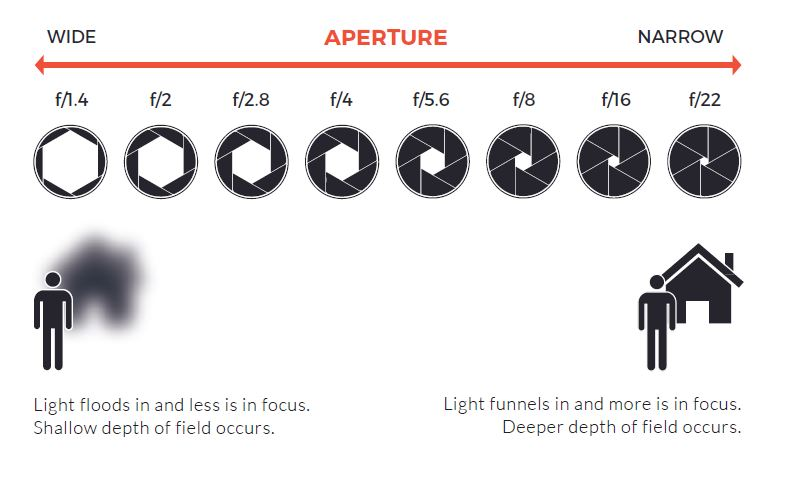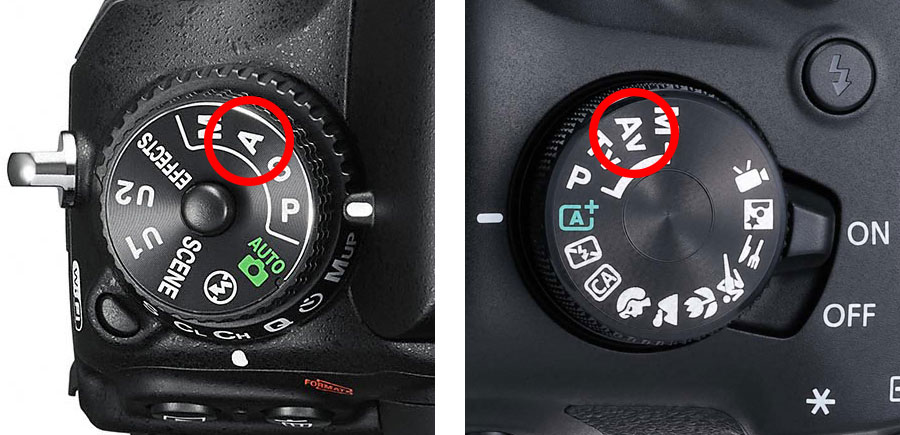Aperture & Aperture priority Mode
- niketranaphotography

- May 22, 2022
- 3 min read
Introduction to Aperture-
Aperture is the opening of the diaphragm of the lens through which the light passes. It's similar to the pupil of the human eye. Its also known as the pupil of the camera in photography. As in bright light, our iris shrinks, and the size of the pupil reduces and vice versa. The similar happens in-camera the larger the aperture more will light enter inside the camera and the smaller is the aperture lesser will be the light passes.

The depth of field in the photo occurs when the aperture comes into play.
Shallow depth of field –
Shallow depth of field is called when the background is out of focus and blurred. This shallow focus effect can be used in portrait photography and is occur when the aperture size is larger. Yes, the larger aperture size results in the blur effect or bokeh effect and makes the object more focused and sharper.
Setting your camera on the aperture of f/1.2, f/1.4, f/2, f/2.8, and f/4.0 results in a shallow depth of field and leads to the blurred background image
(The background blur also depends on how far the background is from the object)
This image below shows the shallow depth of field

Deep depth of field-
The deep depth of field occurs when the aperture size is smaller and a lesser amount of light can pass through the lens. This results in a small amount of background blur and both objects and the background are simultaneously sharp. This can be done by increasing your aperture(numerically). This deep depth of field effect mostly comes into play in landscapes and architecture photography.
Setting your buddy (camera) on f/8, f/11, f/16, and f/32 results in the deep depth of field in the image.
The image below is an example of a deep depth of field

What are F-number and F- stop-
As you saw in your camera aperture is always represented by the letter F with the number. That letter f is known as F-stop and F-number. And the number with the F-stop is the size of your aperture. The slash ‘/’ sign shows the division. As more, the number increase in the denominator lesser will the result be. The same is in the aperture, the larger the number in the denominator (f/8, f,11) smaller will be the size of the aperture, the smaller the number in the denominator (f/1.4, f/2) larger will be the size of the aperture.

How to play with Aperture priority mode and its working-

In the aperture priority mode, you can change the aperture of the camera by yourself, in this mode according to the aperture you have set and the light from the scene and the sensitivity of the camera i.e. the ISO, the camera decides its shutter speed (the amount of time the shutter of the camera is open)
When we use aperture priority mode, we first have to supposed to set the aperture of the camera and then the ISO is supposed to be set according to the light in the scene, as the lesser, the light more will be the ISO and vice versa. According to your desired ISO and aperture, the camera will automatically set the shutter speed.
For example-
As we change the aperture from f/2.8 to f/5.0 the camera immediately adjusts the shutter speed and allows more time to capture the same amount of light.
And if the aperture is maximum and still the shutter speed is not fulfilling your need then you should suppose to increase the ISO so that the shutter speed also increases.
Note-
Larger the aperture – the faster the shutter speed
Smaller the aperture – the slower the shutter speed
This is known as the theory of Reciprocity.
The aperture priority mode is used while the object is moving or wants the object shaper in the image
By Niket Rana








Good